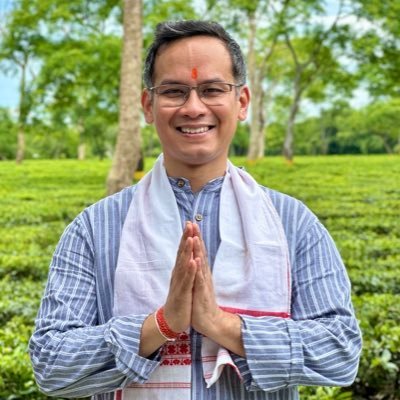New Delhi (LatestNewsX) – That evening, November 26, 2008, Mumbai’s usual rhythm was suddenly shattered by gunshots, shrapnel, and roaring flames. What might have been just another city night erupted into a haunting nightmare, a siege that tested the bravery of thousands, left many families scarred, and carved itself into the nation’s collective memory.
Over a span of roughly 60 hours, a stream of extraordinary moments unfolded: bold men and women facing down attackers head‑on, ordinary citizens stepping into heroic roles without fanfare.
One such hero is former MARCOS operative Praveen Kumar Teotia, who earned the Shaurya Chakra for his gallantry at the Taj Mahal Hotel during the 26/11 attacks. That day, Praveen absorbed five bullets—one grazed his ear, another fractured ribs and pierced his right lung—yet he stood his ground in a dim room that the attackers had claimed. He fought until his teammates rescued a hundred people from a nearby hall.
“I was among two MARCOS teams that joined an existing one on site; altogether 24‑25 commandos entered through different routes,” he recalled.
MARCOS, the Indian Navy’s special‑forces unit launched in February 1987, specializes in unconventional warfare, counter‑terrorism, and high‑risk missions across land, sea, and air. Their record includes Operation Cactus in the Maldives (1988), the 1999 Kargil War, and numerous anti‑piracy operations.
When asked what he was thinking that fateful night in Mumbai, Praveen said, “There was no specific thought at the time except how to neutralise the terrorists and rescue innocent lives.” Now a practicing lawyer in Delhi after his service, he reflects on the privilege of defending his country. “I was involved in several operations in Kashmir, but at the Taj that day, I was angry at these foreign‑bred terrorists challenging our nation,” he added.
Praveen endured 19 days in intensive care for his lung injury, a rare case among survivors. Yet he still runs marathons, maintaining his fitness and agility. Even as he and his comrades took bullets and rescued civilians, a young reporter stood outside the Taj, a witness to the chaos.
Mahrukh Inayet distinguished herself with relentless reporting that spanned more than 60 hours. Journalists praised her for being “at the centre of it all” and for doing “a fine job.” She remembers: “It had been closed to 36 hours since I had been reporting outside Mumbai’s iconic Taj Hotel. By then, there were close to a hundred journalists from across the country and the world covering the biggest terror attack in Mumbai.”
“I didn’t hear the gunshot, but a bullet hit somewhere on my left and somebody shouted ‘duck – they’re firing at us.’” She lay prone on the street, with the Taj behind her. “At the same time, one camera focused on me while the other kept its lens trained on the hotel. What I was then thinking was to let people know what was happening on the ground.” She later learned that the image of her lying there—reporting amidst crossfire—became a symbolic moment in on‑the‑ground journalism.
“I was not even aware. I was just busy trying to understand what was happening and report it as calmly as I could,” she reflected, noting how difficult it was to remain composed in such peril.
There are countless other stories of resolve and commitment whose contributions may quietly linger in history, yet each deserves recognition as part of the nation’s collective fight against terror.
Stay informed on all the latest news, real-time breaking news updates, and follow all the important headlines in world News on Latest NewsX. Follow us on social media Facebook, Twitter(X), Gettr and subscribe our Youtube Channel.



